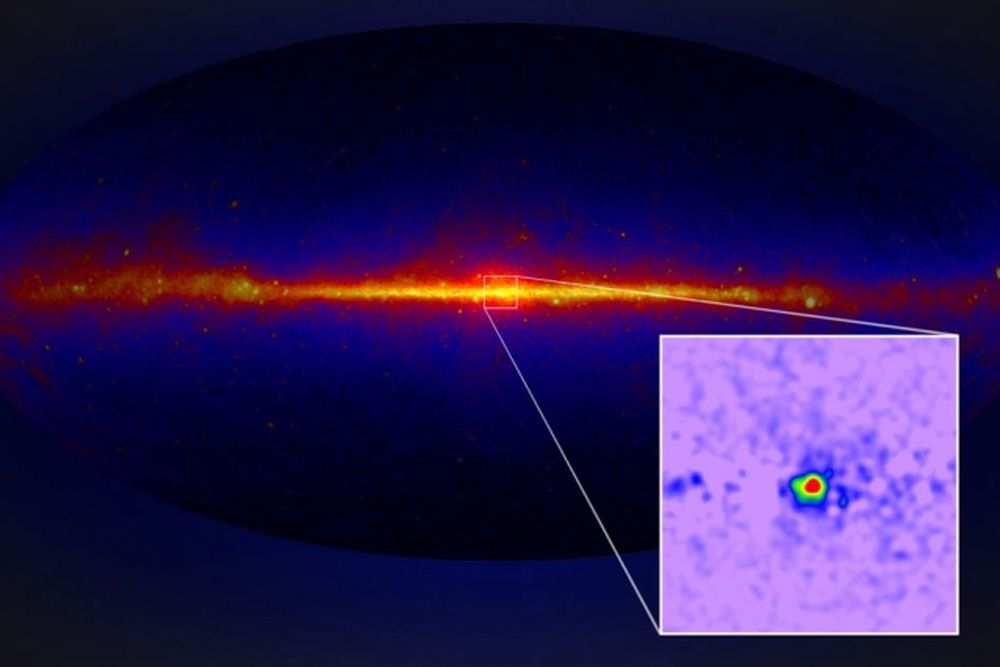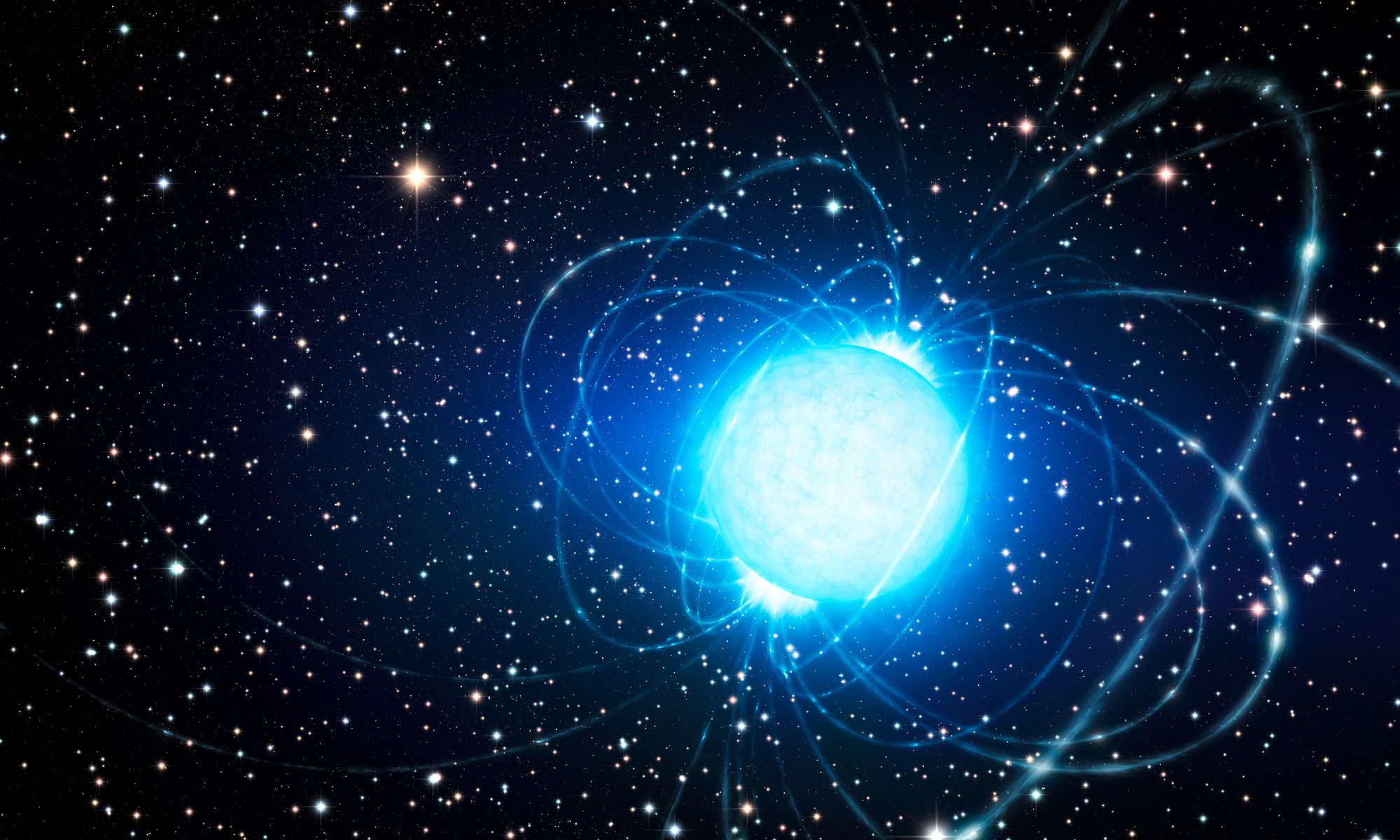One of the big mysteries about dark matter particles is whether they interact with each other. We still don’t know the exact nature of what dark matter is. Some models argue that dark matter only interacts gravitationally, but many more posit that dark matter particles can collide with each other, clump together, and even decay into particles we can see. If that’s the case, then objects with particularly strong gravitational fields such as black holes, neutron stars, and white dwarfs might capture and concentrate dark matter. This could in turn affect how these objects appear. As a case in point, a recent study looks at the interplay between dark matter and neutron stars.
Continue reading “Neutron Stars Could be Heating Up From Dark Matter Annihilation”Dark Matter Could Be A Source of Gamma Rays Coming from the Center of the Milky Way

There’s a lot of mysterious goings-on at the center of the Milky Way. The supermassive black hole that resides there is chief among them. But there’s another intriguing puzzle there: an unexpected spherical region of intense gamma ray emissions.
A new study suggests that dark matter could be behind those emissions.
Continue reading “Dark Matter Could Be A Source of Gamma Rays Coming from the Center of the Milky Way”
